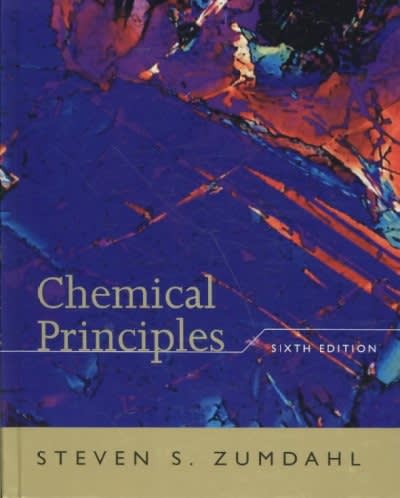You have an ideal gas with an initial volume of (1.0 mathrm{~L}) and initial pressure of (1.0
Question:
You have an ideal gas with an initial volume of \(1.0 \mathrm{~L}\) and initial pressure of \(1.0 \mathrm{~atm}\). You decide to change the conditions such that \(P_{\text {final }}=2.0 \mathrm{~atm}\) and \(V_{\text {final }}=2.0 \mathrm{~L}\). To make things more interesting, you and a friend each carry out this change in two steps. You first change the volume so that at one point \(P=1.0 \mathrm{~atm}\) and \(V=2.0 \mathrm{~atm}\). Your friend first changes the pressure so that at one point \(P=\) \(2.0 \mathrm{~atm}\) and \(V=1.0 \mathrm{~atm}\). Both of you, of course, end up with the same final conditions after the second step. a. How should your \(\Delta E\) 's, \(\Delta H\) 's, \(q\) 's, and \(w\) 's compare with those of your friend? Why?
b. Calculate \(\Delta E, \Delta H, q\), and \(w\) for each case. Do they make sense? Explain.
Step by Step Answer:






